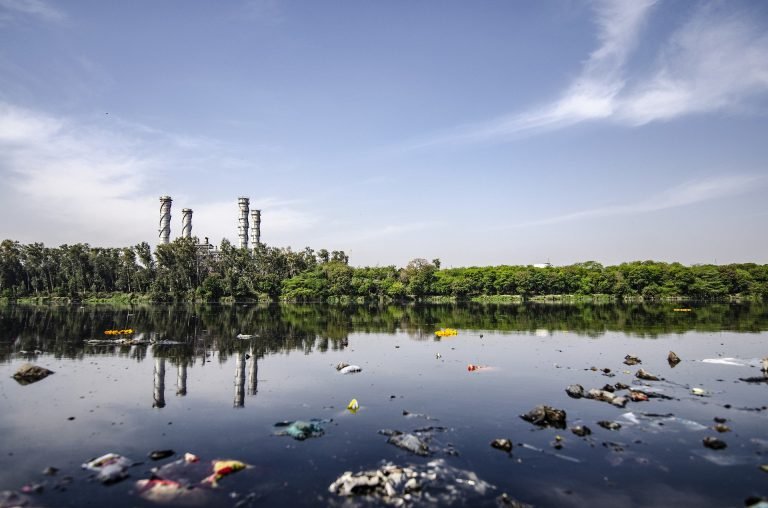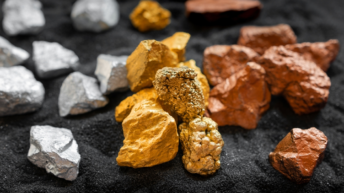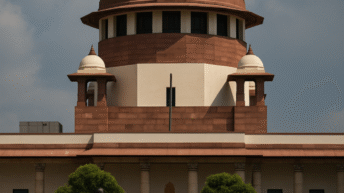
Soils and ecosystems are the main way for mankind to avoid collapse. Unfortunately, they are rather a way TOWARDS collapse today, because they are largely damaged. At a global level, major soils’ and ecosystems’ killers are urbanization/infrastructures, agrochemical agriculture and single-species forestry. Most new technologies now proposed by large pharmaceutical, agrochemical and digital firms would rather aggravate damages than repair them, because they rely on patenting separate organisms and molecules and ignore ecosystems’ processes.
Why?
Some brief explanations about soils and plants are needed.
85 to 90% of plants’ nutrients are brought by soil microorganisms: bacterias and microfungi can reach and mobilize the nutrients which otherwise plants could not have access to. Micro-organisms transfer these nutrients to the plants while those feed them back with photosynthetic molecules emitted from their roots (till 30% of the photosynthetic production of a plant is dedicated to these symbiotic relationships). One gram of soil contains several hundreds of meters of microfungi mycelium, several millions of types of bacterias and several hundreds of millions of individual bacterias, helping plants to grow and to resist drought, and keeping the soil from eroding.
On a macroscopic level, trees extract precious nutrients like phosphorus from the deep layers of the soil and provide plants back with it when their leaves fall. It has been shown that biodiversity in cultivated plants or trees was better for productivity and drought-resistance. Macro-organisms like earthworms also play important roles for soils and plants.
Soils are therefore active and complex living ecosystems. Industrial pesticides and nutrients, excessive manure, as well as the logging of trees and hedges in the fields, destroy this life and its free services to crops, animals and people. Around 6Mha in the world are reported to be sterilized every year by erosion, drought, biological exhaustion, salinization, loss of their organic matter. More than 90% of chemically cultivated areas lose a critical amount of organic matter every year.
Not to speak about:
- the world collapse of insects and birds in the countryside (minus 60% to 80%);
- the rise of cancers and neurological disorders (like Parkinson) linked to pesticides not only because of the « active substances » but also because of the « co-formulants » (reported as 60% of the content of the products, rarely co-tested for toxicity); 385 millions human poisoning cases through pesticides were reported 2023 to occur yearly in the world;
- people become more vulnerable to illnesses because of lack of nutrients in the vegetables, fruits and cereals when those have been selected only to theoretically maximize productivity. In fact, measured yields in the fields are decreasing on damaged soils. These phenomenon were observed before climatic impacts.
What About GMOs ?
According to agrochemical firms, GMOs were designed from the beginning to reduce the use of pesticides and herbicides. 30 years aer, the contrary is observed:
- More herbicides are spread on GMOs fields than on areas planted with conventional varieties, mainly because of many weeds becoming rapidly resistant. This has been observed in the USA, Brazil, India… from the 2000s on. For example 2017 french statistics show +15% use (IFT) of herbicides on herbicide-tolerant varieties than on normal varieties.
- Agrochemical industry has long been talking about GM rice enriched in vitA, or about varieties supposed to resist drought. In reality, 30 years after, four-fifth of GMOs areas are planted with glyphosate-tolerant species, and 99% of GMOs areas are planted with either glyphosate-tolerant varieties, or Bt toxin-producing crops (these plants stock the toxin inside their organism, which animals and people feed upon afterwards), or both. In fact, GMOs reinforce soil damaging practices like single-crop farming. From 2005-2006 on, India1, China, Brazil, Argentina, New-Zealand, USA etc. have been experiencing negative agronomic and social consequences of Bt crops or herbicide tolerant crops such as corn, cotton and soja.
Moreover, GMOs fields can contaminate normal fields and crops with modified genes or modified seeds, which can result in excluding normal crops from their markets : the « co-existence » of GM crops and normal crops is practically impossible to secure, and damages cannot be insured in practice. Finally, a recent USDA report assessed that in the USA the GM seeds’ prices have risen by more than 4 times between 1990 and 2020 while normal seeds’ prices only doubled.
NGT would be worse for Agriculture, Breeding, Ecosystems and People
NGT (New Genetic Technologies) are not just another way of patenting plants and animals. Without going too deep in this very technical topic, some questions among others could be quoted.
- A new kind of pesticides (presently tested in an open field) is based on spreading microRNAs called interference RNAs (iRNAs), which are designed to block the production of targeted vital proteins in insects’ organisms. These traits are spread on the fields and around because of aerial drift. But these molecules are not so specific and can affect bees, butterflies and other pollinators and not only the targeted insects.
- Secondly, RNA and DNA can resist digestion: for example, DNAs and RNAs coming from food were observed in the blood of cows eating it (INRAE et al, France, 2009, 2012), as well as rice microRNAs in the cells of mice fed on this rice (Nanjin University, Tianjin Medical University and NUDT, China, 20123). Moreover, according to these studies, microRNAs coming from food keep a capacity to influence gene expression and protein production in mammalian cells. Therefore, it cannot be asserted today that eating vegetables or animals which would have integrated iRNA or mRNA or modified DNA could not transfer similar functions into the cells of animal and human consumers, especially if the traits are spread in large numbers.
- Thirdly, it has been shown that integrang modified RNA in living organisms could make them produce in their own cells aleatory new molecules of unpredictable shape and toxicity. For example, when a natural mRNA base is replaced by a synthetic one (e.g. for a patenting purpose), it could induce aleatory reading mistakes (called « frameshift ») in the cell machinery: proteins never seen anywhere with unknown toxicity could be produced and released inside the organism, including human organism (Universities of Cambridge, Oxford, Dublin and Liverpool, UK and University of Mahidol, Thailand, 20234).
Based upon such results, it seems that synthetic biology and gene editing could hardly be considered today as « nature-based solutions » or as mastered technologies for soils, agriculture and food.
Conclusion : Ways to Prevent Collapse
Keeping alive the complex eco-systemic relationships between cultivated plants and soils, fauna and flora is the critical basis for feeding the world. Restoring living soils is also a win-win solution as to climate mitigation and adaptation. Many researchers in the world are working heavily on this topic, with varied estimations depending on numerous factors, but very important potentials. Anyway, preventing collapse requires to stop killing soils and biodiversity, and to cure and restore them through reliable, carefully assessed biological and eco-systemic processes. Agricultural and forestry knowledge secured by long-lasting natural and human tuning throughout the world could provide a precious basis.






Add comment